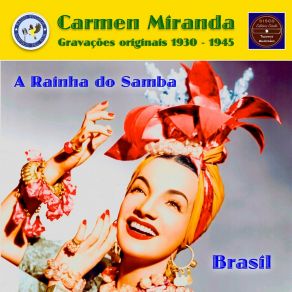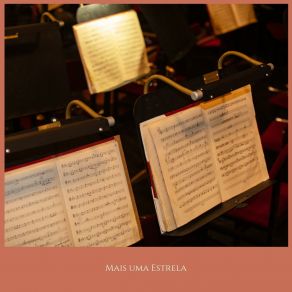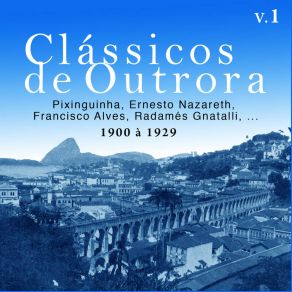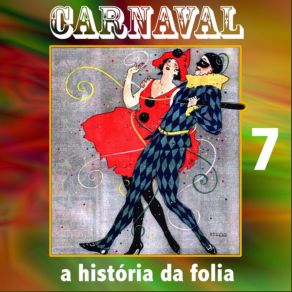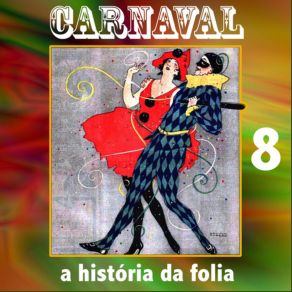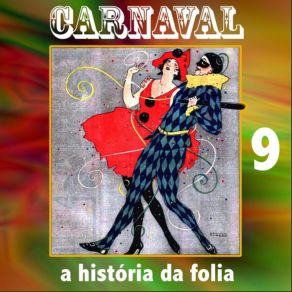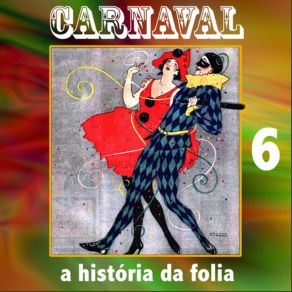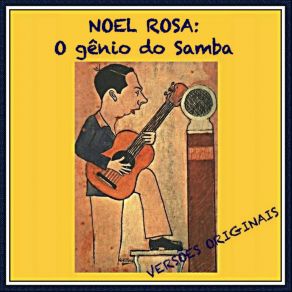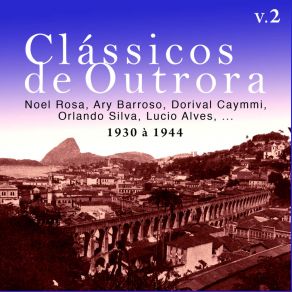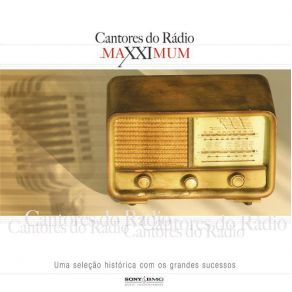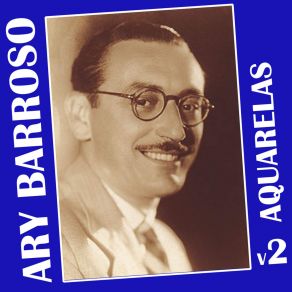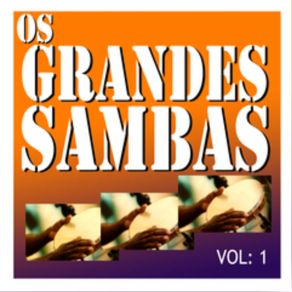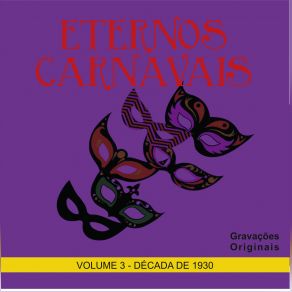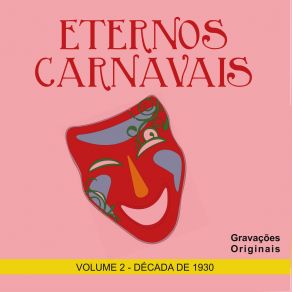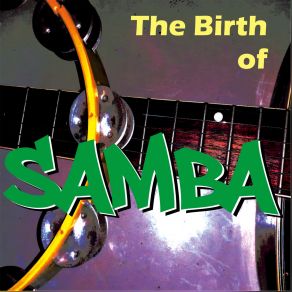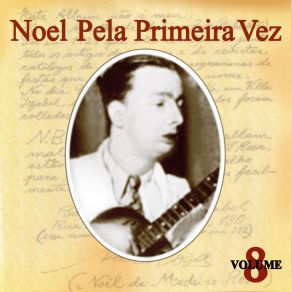Mário Reis / Mario Reis
Wikimp3 information about the music of Mário Reis / Mario Reis. On our website we have 13 albums and 35 collections of artist Mário Reis / Mario Reis. You can find useful information and download songs of this artist. We also know that Mário Reis / Mario Reis represents Pop genres.
Biography
[Edit]Mário Reis was one of the best interpreters of Brazilian popular music. Active and successful from 1928 to 1936, he helped popularize the (at the time) unknown and genial composers of the Carioca hills throughout Brazil, with his 161 interpretations recorded on 82 78 rpms.
From a middle-class family, he was already a violão student when he knew Sinhô (the King of Samba). It was 1924, on a Carnaval day at the Clube dos Zuavos, Lapa, Rio. Sinhô was a fugitive at the time because of his composition "Fala Baixo," satirizing Brazil's President Artur Bernardes. A couple of years later and already a law school student, Reis met Sinhô at the traditional musical instruments store and publishing house Guitarra de Prata, owned by an old classmate. He was then introduced by this friend to Sinhô. "I know by heart all your songs," Reis said; immediately, Sinhô sat at the piano and tried him. Not only did Reis know the songs, but he also had an original style that was lighthearted, jumpy, and humorous, contrasting with the hegemonic bel-canto school of those days. Sinhô took him as a pupil, giving him two class per week. He liked Reis's style so much that he invited him to record two of his songs. In August 1928, Odeon released the first record of Reis's, with "O Que Vale a Nota sem o Carinho da Mulher" and "Carinhos de Vovô," both by Sinhô, and with the sole accompaniment of Sinhô and Donga (another important, historic artist/composer), both playing violões. The record had positive reviews in the magazine Phono-Arte, the only specializing in music at that time, in which his syncopated singing was commented on as the sense of being somewhat shocking at first listening, but contagious after a careful examination. This confirms the originality of Reis's style. Decades later, João Gilberto was introduced to the audiences in Brazil as "the new Mário Reis." For Odeon, Reis would record in that same year 18 songs, including Sinhô's "Sabiá" and "Deus Nos Livre do Castigo das Mulheres." The next album, with Sinhô's "Jura" and "Gosto Que Me Enrosco," broke selling records. Reis's classmate at law school, an unknown author, asked him to record one of his songs. So in December 1928, Odeon released the samba "Vou à Penha." The singer, Mário Reis, the composer, a man who would be very important to Brazilian popular music: Ary Barroso. Curiously, Barroso didn't even mention this in a letter to his future wife, Ivone, as his main concern at that time were his professional piano gigs. On August 1, 1929, Reis debuted on the radio singing Barroso's samba "Vamos Deixar de Intimidade" at the Rádio Sociedade. He also sang at the Rádio Clube and on the Programa Casé. With the major singer Francisco Alves, he recorded 12 albums, beginning in 1930 with "Deixa Essa Mulher Chorar" (Brancura) and "Quá, Quá, Quá" (Lauro dos Santos). As he had a less-potent vocal emission than Alves', he had to endure the partner's resounding voice one foot behind his own ears in those times of monaural recording. That brought to him the admiration of composer Nássara: not only were his interpretations marvelous, but he also wasn't disturbed by that situation.
In 1931, he went to São Paulo SP and recorded for Columbia. Being tied contractually to Odeon, he recorded under the pseudonym of C. Mendonça, particularity making the record a rare collector's item. In 1932, Reis traveled for a season of one and a half months in Buenos Aires, Argentina, with Alves, Carmen Miranda, Luperce Miranda, Tute, and the dancers Nestor Figueiredo and Célia Zenatti. Shortly before that tour, he met at a Rio's nightclub the great tango singer Carlos Gardel. Introduced to him by a friend who urged Gardel to help Reis in Argentina, Gardel immediately wrote two kind recommendation letters. In Argentina, Gardel, an idolized figure for Argentineans, opened the shows and the Brazilians presented themselves afterwards, always with great success. In 1932 at Columbia, Reis recorded two records with Noel Rosa's songs: "Filosofia" (with André Filho, "Vejo Amanhecer," "Na Esquina da Vida" (with Francisco Matoso), and "Meu Barracão." He scored two of his biggest hits at the Carnaval of 1933 with Lamartine Babo's march "Linda Morena" and samba "A Tua Vida é um Segredo," for Victor. That same year, he recorded with Carmen Miranda the marcha junina "Chegou a Hora da Fogueira" (Babo) and was hired by Rádio Mayrink Veiga. In that year, he and Alves had a fuss with each other. When Reis was invited by the duo of composers Bide/Marçal to chose between two sambas (the other would be Alves'), he asked them to show the sambas to Alves beforehand and he'd keep the other one. Alves chose "Vivo Sonhando," a beautiful song which unfortunately didn't make it to the top. Reis was left with "Agora é Cinza," which became the champion at 1934's Carnaval contest and a big hit. He also recorded in that year "Alô, Alô" (André Filho) with Miranda. In 1934, he recorded with Miranda the marcha junina "Isto é lá com Santo Antônio" (Lamartine Babo). In 1935 and 1936, he also sang on the musical movies Alô, Alô, Brasil and Estudantes (both by Wallace Downey) and Alô, Alô Carnaval (Ademar Gonzaga). In 1935, he had a hit for Odeon with the marcha "Cadê Mimi" (João de Barro/Alberto Ribeiro). Due to his resistance against public relations, interviews, hyping, and photographs, his prestige declined and he accepted a position with the Federal District (at the time, Rio) mayoralty cabinet. From then on, he would give only a couple of interviews. But he returned to the artistic scenery several times. In 1939 at the benefit show Joujoux & Balangandãs at the prestigious Teatro Municipal do Rio de Janeiro, he sang the march "Joujoux & Balangandãs" and the samba "Voltei" (both by Lamartine Babo); he then recorded these two songs and four other records for Columbia. In 1951, he recorded three albums for Continental with Sinhô's compositions and a Carnaval album with the marcha "Flor Tropical" (Ary Barroso) and the samba "Saudade do Samba" (Paulo Soledade/Fernando Lobo). In 1960, he was invited by Aluísio de Oliveira to record for Odeon the LP Mário Reis Canta Suas Criações em Hi-Fi. de Oliveira also produced 1965's Ao Meu Rio, Reis' LP in tribute to the fourth centennial of the city of Rio de Janeiro. In 1967, de Oliveira's Elenco released the LP O Melhor do Samba, with Reis, Billy Blanco, Araci de Almeida, and Ciro Monteiro. In 1972, Odeon released the Mário Reis LP also produced by de Oliveira with his old hits and two songs by Chico Buarque, the march "A Banda" and the samba "Bolsa de Amores." This last one was vetoed by the military censorship, but Reis demanded that the track remain blank on the side. It was finally released on a reissue in CD format in 1993, under the title Mário Reis Canta Suas Criações em Hi-Fi.
Title: Alô Alô (78rpm Recordings 1933) / Alo Alo (78rpm Recordings 1933)
Artist: Mário Reis / Mario Reis
Genre: Pop
Collections
Title: Saudade em Samba
Genre: World Music, Latin
Title: I Love Brazilian Samba
Title: Marchinhas de Carnaval Vol 8
Genre: Latin
Title: Bossa Nova Cup 2014
Title: World Carnival Brazil, Vol. 3
Genre: Latin
Title: Samba 1917-1947 (CD1)
Genre: Samba, World Music
Title: Samba 1917-1947 (CD2)
Genre: Samba, World Music
Title: The Early Days Of Bossa Nova (Bossa Roots) (CD2)
Genre: Jazz, World Music, Bossanova
Title: Legends Play Jobim 2019
Title: América Del Sur En Bossa Nova
Genre: Bossanova
Title: Retro Pop Brasileiro 2021
Featuring albums
Title: Maxximum: Carmen Miranda
Artist: Carmen Miranda
Genre: Jazz, World Music, Latin, Pop, Humor, Smooth Jazz
Title: Nova História Da MPB Lamartine Babo / Nova Historia Da MPB Lamartine Babo
Artist: Lamartine Babo
Genre: Pop
Title: Clássicos de Outrora, Vol: 1 / Classicos de Outrora, Vol: 1
Artist: Various Artists
Genre: Latin
Title: Armando Marçal & Bide (1933 - 1939) / Armando Marcal & Bide (1933 - 1939)
Artist: Various Artists
Genre: Latin






